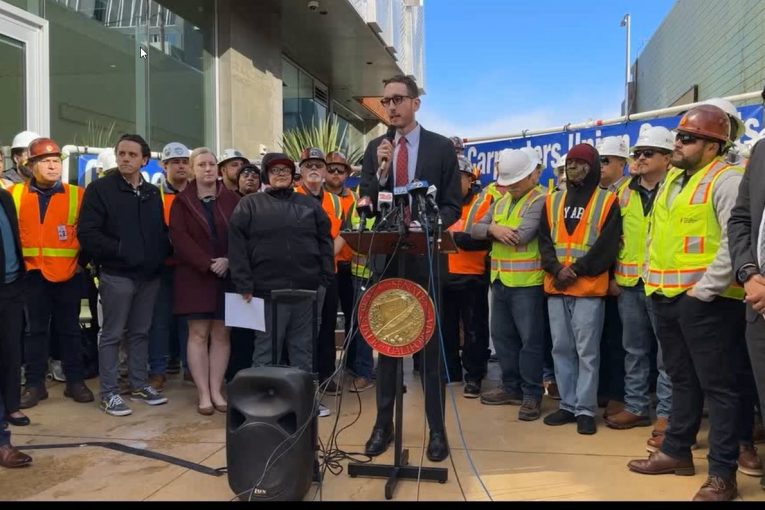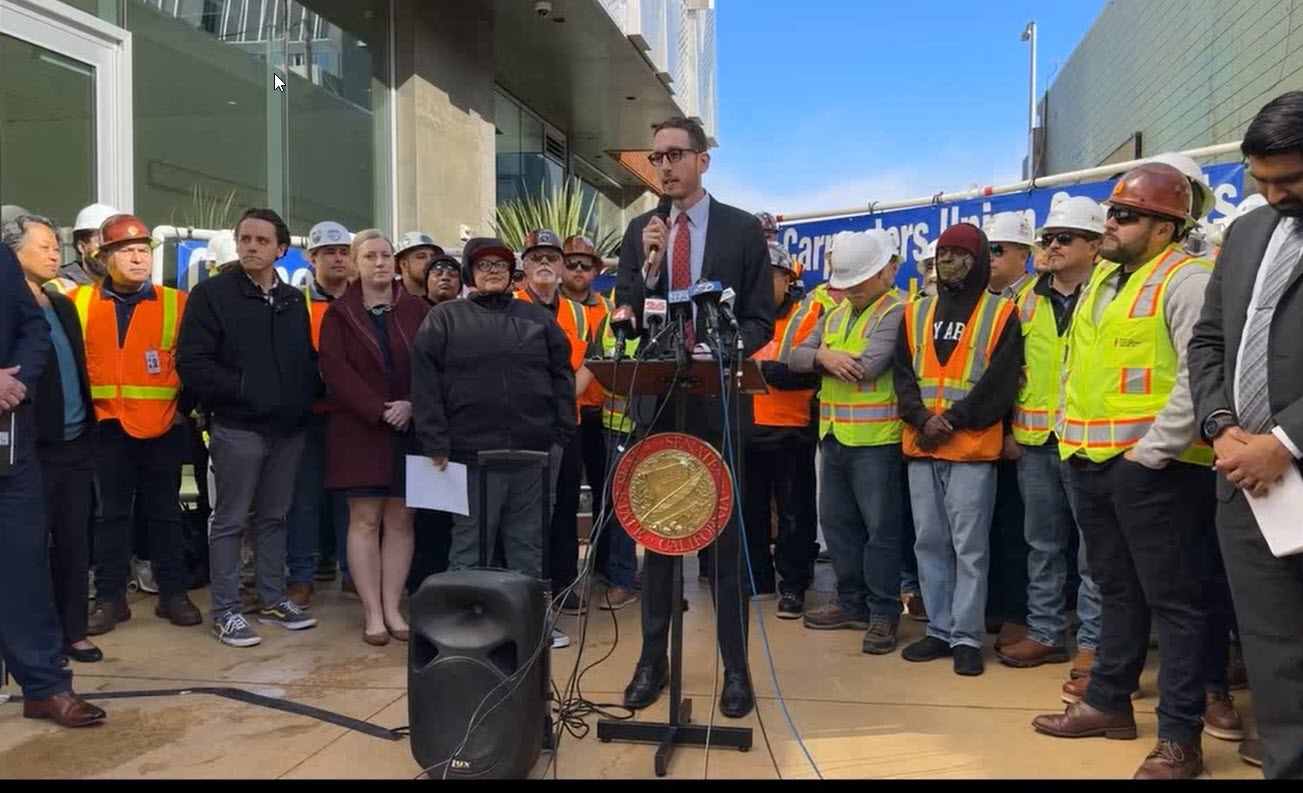

Special to the Vanguard
Sacramento, CA – On Thursday, the Senate Appropriations Committee passed major housing bills SB 4 and SB 423 to the Senate floor, for a vote in the next few weeks before the June 2nd deadline.
Both SB 4 and SB 423 are impactful housing bills that will help California tackle its extreme housing shortage. SB 423 extends SB 35 (Wiener, 2017), a landmark law that streamlines construction in communities that have not met their housing goals. SB 35 accelerated permitting for more than 18,000 new  homes in its first four years of existence. SB 4 allows faith institutions and nonprofit colleges to build affordable housing on their land by right, opening up tens of thousands of acres to affordable housing development.
homes in its first four years of existence. SB 4 allows faith institutions and nonprofit colleges to build affordable housing on their land by right, opening up tens of thousands of acres to affordable housing development.
“California needs powerful housing tools like these two bills to secure a prosperous and sustainable future,” said Senator Wiener. “Years of consultation with stakeholders from across the state have produced two common-sense, good government measures that have drawn massive and growing support from all corners. I look forward to seeing this powerful coalition — including labor unions, business groups, faith-based organizations, housing advocates, advocates for seniors, and environmentalists — pass both bills and take a bold step into a more prosperous future for our state.”
SB 4 is sponsored by the California Conference of Carpenters, Inner City Law Center, Jewish Public Affairs Committee, Non-profit Housing Association of Northern California (NPH), Southern California Association of Non-profit Housing (SCANPH).

As a proud and non-hypocritical YIMBY who always strives to lead by example I am pleased with what is occurring at our State Capitol to expand California’s housing stock.
My critique of these two bills is that they do nothing (as far as I can tell) to provide housing for the most in need group of very low income households in our city. They do however, push for units for low income households and that might be as much the housing advocates could lobby for in these two bills.
SB 423 (Builders Remedy applied to cities that do not have an approved housing element) only requires that 20% of the housing that is actually built is at 80% and below.
SB4 (Faith based Land) only requires that all units must be at 80% or below.
The Regional Housing Needs Assessment (RHNA) set by our region for Davis are,
SACOG
RHNA
Very
LOW
LOW
VL +
LOW
% of
RHNA
MOD
Above
MOD
Total
Market
TOTAL
RHNA
DAVIS
580
350
930
44.8%
340
805
1,145
2,075
So while those bills help us set land aside within the city towards 350 units of low income housing they do nothing to help us plan for 580 units of very low income housing.
Keep in mind that the RHNA numbers are the units that a city can show could be built.
The RHNA numbers are very misunderstood; they do not actually require that any units be built.
Tables don’t format properly from the comments section. The #’s David Thompson is referencing are the top line of this chart:
20% Affordable is a pretty hefty share. The money to pay for this housing must come from somewhere, and it’s not going to come from external government funds. So sale of the remaining houses at market prices is necessary to fund those other houses.
That said, the County is interested in having farmworker housing built at Village Farms and that would seem to be a potential governmental source for funding Affordable housing at that location.